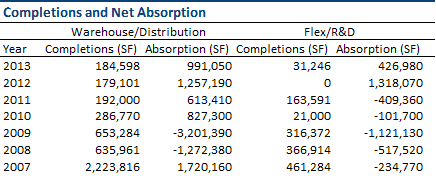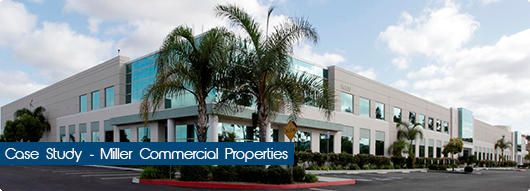Capturing consumer attention has never been more competitive, and the commercial real estate industry is no exception. Specifically in shopping centers, the mediums by which you can reach your customers are becoming increasingly diverse. Catalogs, smart phones, mobile apps, internet, and social media have provided consumers with a multitude of ways to shop – and retailers with ways to market.
In order to stay competitive, commercial real estate investors are working with developers to get creative in delivering unique shopping center experiences. By pushing the design envelope, they are able to appeal to a multitude of senses – and even emotions – while enhancing value for both shopper and retailer alike.
A primary way they are doing this? Merging design with technology.
Sure, everyone knows about launching mobile apps, encouraging Facebook check-ins, and the nearly lazy “like us on Yelp!” signs pasted on store-front windows. The difference here is creating a unique experience within the overall design of the retail center that makes customers remember why your space is different from the rest.
Ways retailers are getting creative is by paying attention to the trends of the interweb. For example, when the San Diego-based Westfield UTC mall celebrated its $180M renovation, they came up with a host of ways to make the experience a little different than other malls in the area. One way was by acknowledging the importance of social media forum, Pinterest. The Westfield branch could have stopped at building their own Pinterest board, but they took the idea a step further by introducing the first physical Pinterest board. The mall encouraged local retailers to feature products in a Pinterest, but life-sized, fashion. This allowed customers to interact with the brands, experience shock at the ingenuity, and see a collection of some of the latest products all in one display.
Another important design component is to understand the overall intention of the center. Is it a luxury space? Or is it intended for discount shopping? Perhaps it is intended to be a lifestyle center, encouraging the whole family to spend the day shopping, taking the kids to the center’s playground or interactive children’s center, enjoying a leisurely lunch in the food court, and enjoying the multitude of the center’s attractions as though it were a private, one-stop community village. Ensuring that the overall design concept is consistent presents shoppers with a well thought-out layout – so that they don’t have to plan their day around their errands but spend their day enjoying the amenities the center has to offer.
Crucial to designing a successful retail center is obtaining the right tenant mix. Kevin Tagle, Vice President at Meissner Jacquet Commercial Real Estate Services, repeatedly comes across this issue with centers under the firm’s management. Tagle says that “many times a center lacks the appropriate tenant mix and therefore isn’t realizing its full revenue potential.” By working with the leasing agent and ownership, Meissner Jacquet aims to attract tenants that the center’s surrounding community will positively respond to.
Again, it is all about delighting customers in your retail space, and what better way than to include technology. Interactive displays are becoming less and less of an anomaly, and are now expected. Apple Inc. is well known for its interactive displays, encouraging customers to touch products, get to know how devices work, and encourage purchasing by allowing the customer to enjoy the product first hand. Other technology companies have followed suit, such as Microsoft who opened their first retail store in 2009. Following a similar come-in-and-play model, Microsoft shoppers have the ability to interact with products, other shoppers, technology, and sales associates.
However, interactive technology isn’t reserved exclusively for computer hardware and software companies anymore. Start-up display retailer, PERCH, is bent on revolutionizing the retail experience and has taken the interactive display to a whole new level. The company’s clothing, make-up and home accessory stores feature displays with single examples of products. As customers lift up individual products, the consumer can touch screens to see other selections. Senses are delighted as the display surface changes as items are removed and replaced. Watch this video to see how retailer PERCH attracts consumers.
These are just a few ways to think outside of the proverbial design box, which is exciting for any commercial real estate professional. Retailers such as Crate & Barrel, Best Buy, Sephora, and Starbucks are just some of the many who have included interactive mobile apps to streamline the online to in-store shopping experience. Including kiosks with apps are a great way to merge the in-store and mobile experiences, and as retail developers continue to incorporate these design features into their shopping centers the potential gain for commercial real estate professionals and retailers will continue to be more numerous.
Sources:
Mashable
Perch






